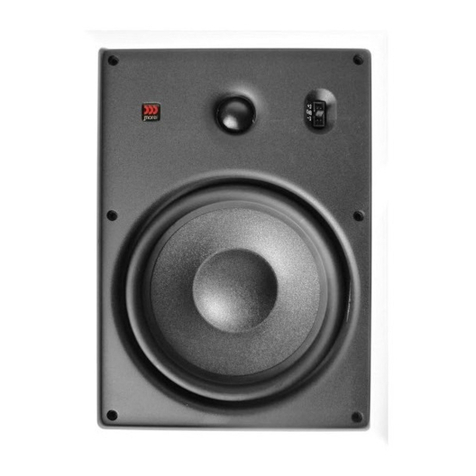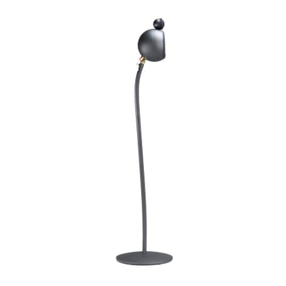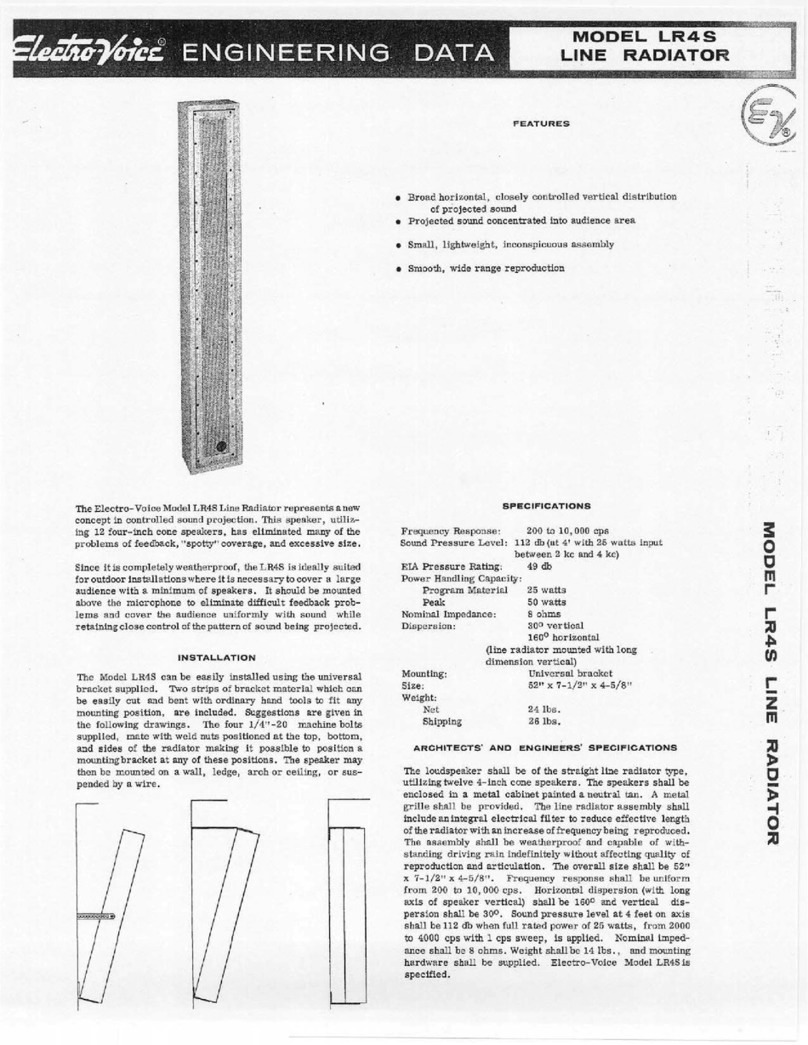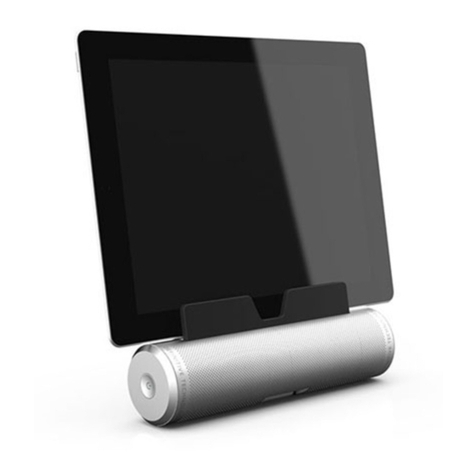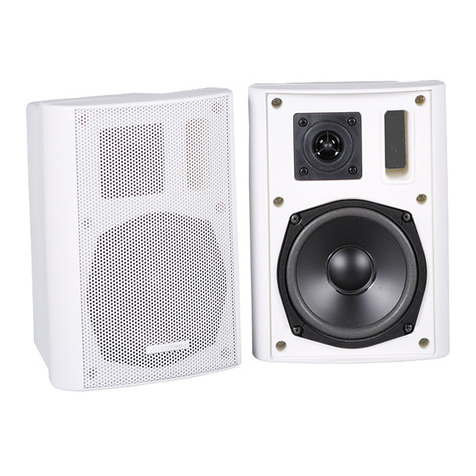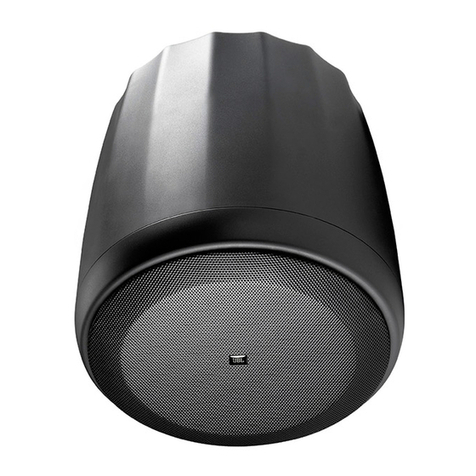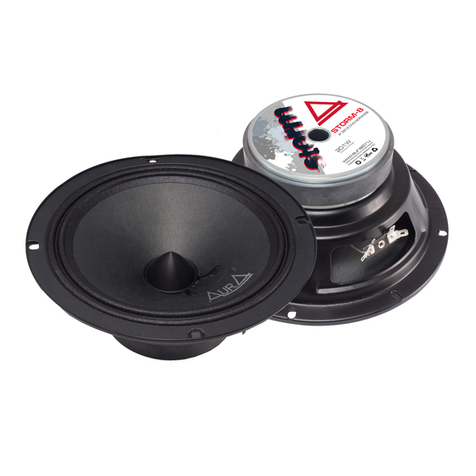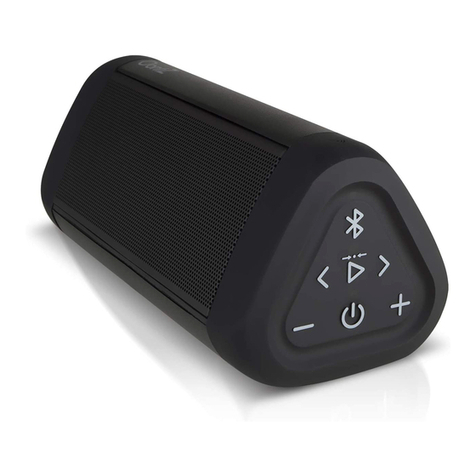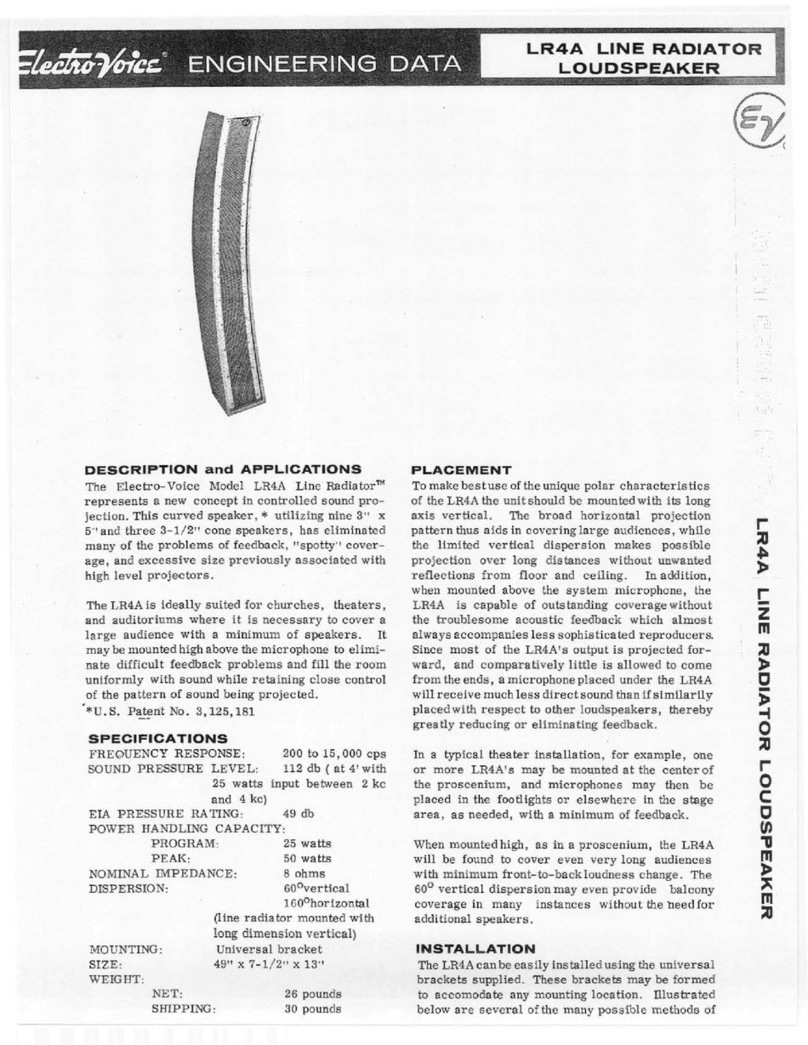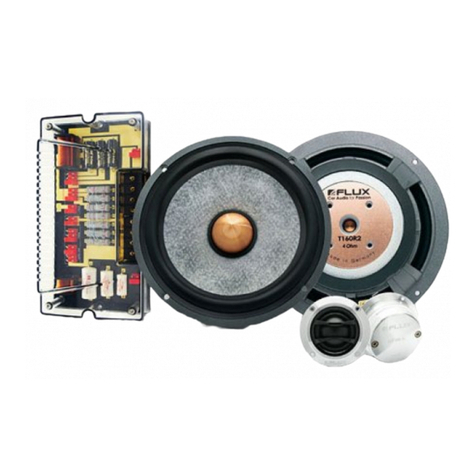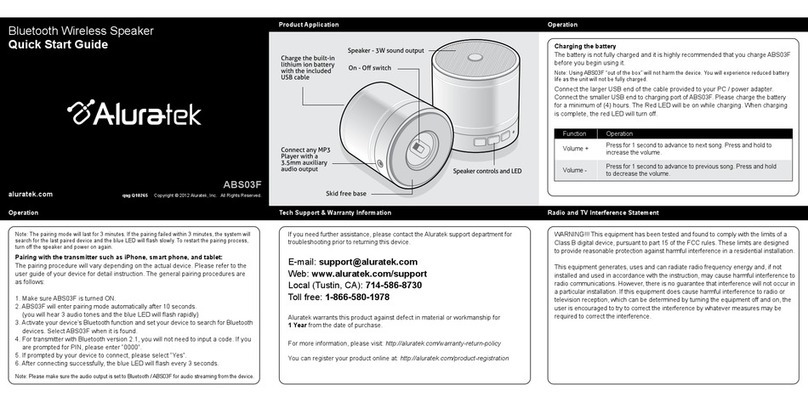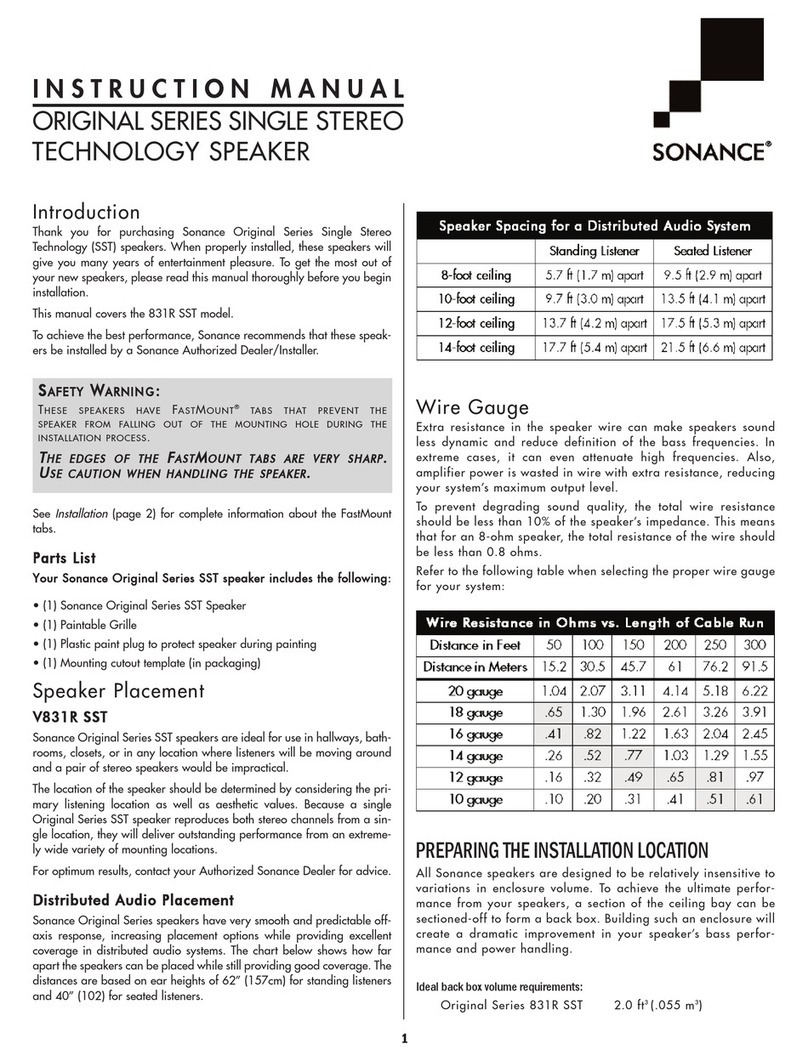Morel AVYRA Floorstand 633 User manual
Other Morel Speakers manuals
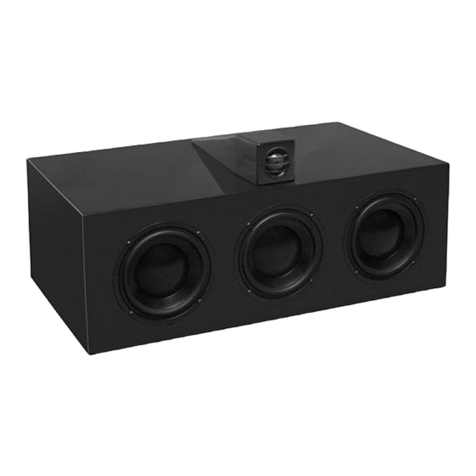
Morel
Morel OCTAVE Series OCTAVE CENTER User manual

Morel
Morel IP-BMW42 User manual
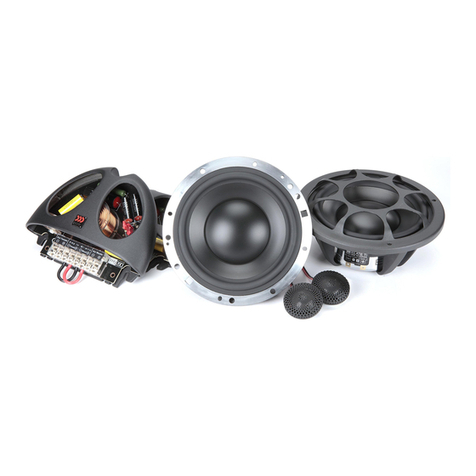
Morel
Morel ELATE 5 User manual

Morel
Morel Pulse Series PULSE 5 1/4 User manual
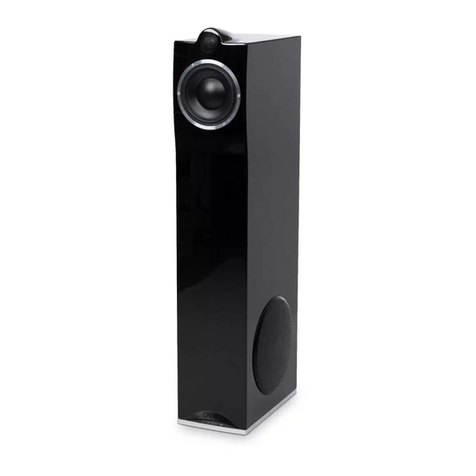
Morel
Morel Octave 6 LE User manual
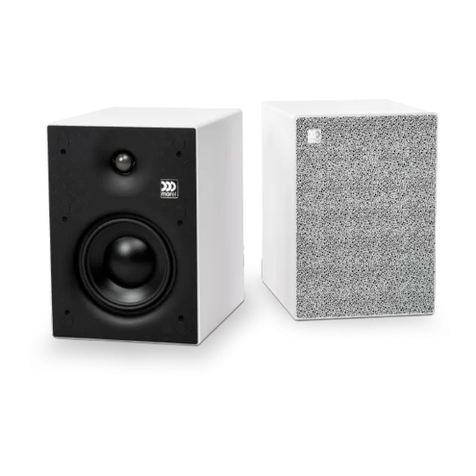
Morel
Morel VARIO Series User manual

Morel
Morel Solan Series User manual

Morel
Morel Elate 502 User manual

Morel
Morel SoundWall Series User manual

Morel
Morel OCTAVE-OCTWIN 5.2M User manual
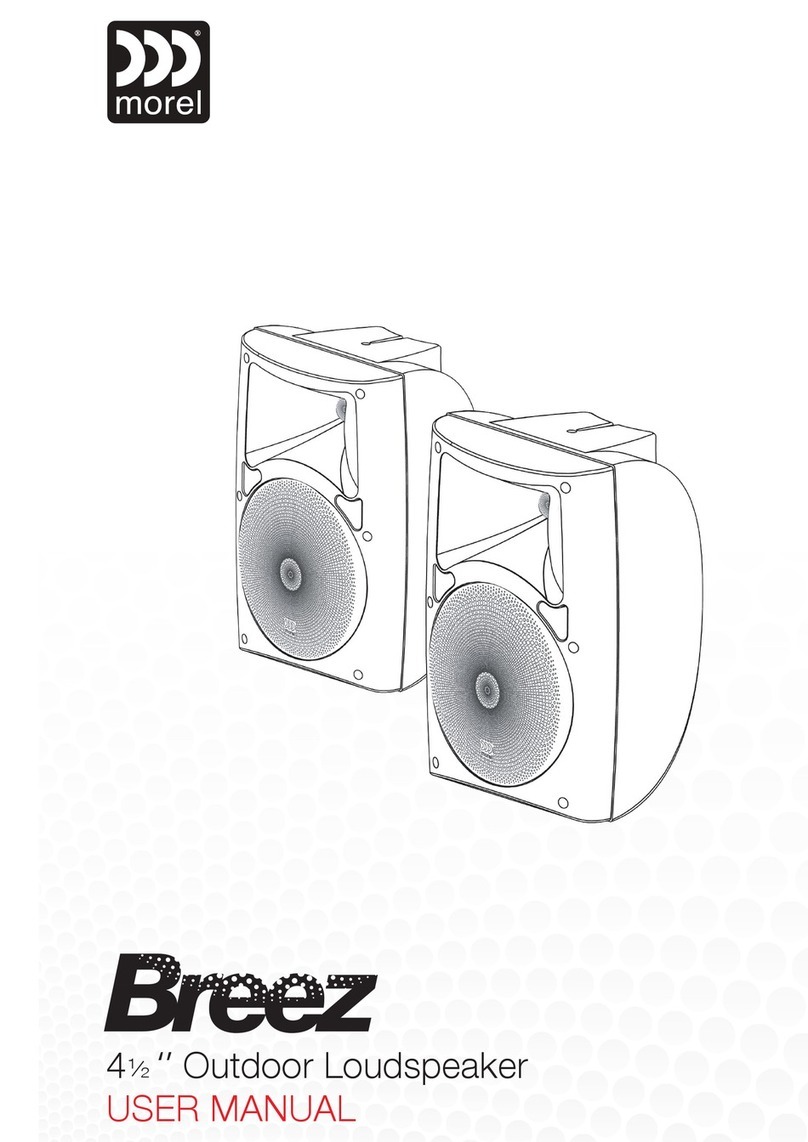
Morel
Morel Breez User manual
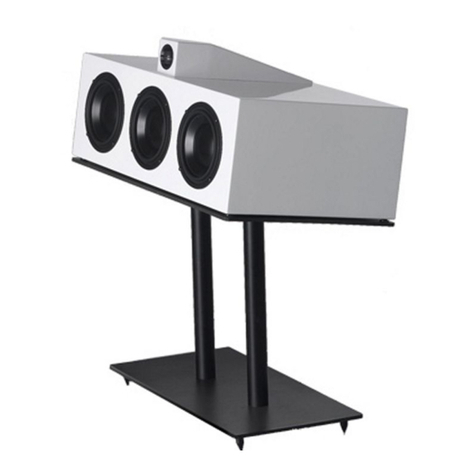
Morel
Morel Octave Signature Series Installation and operating instructions
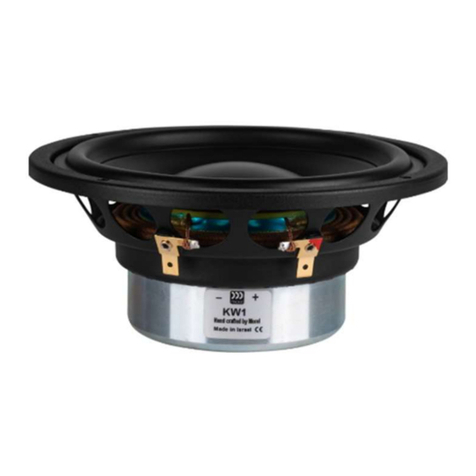
Morel
Morel Ardon User manual

Morel
Morel Fat Lady User manual
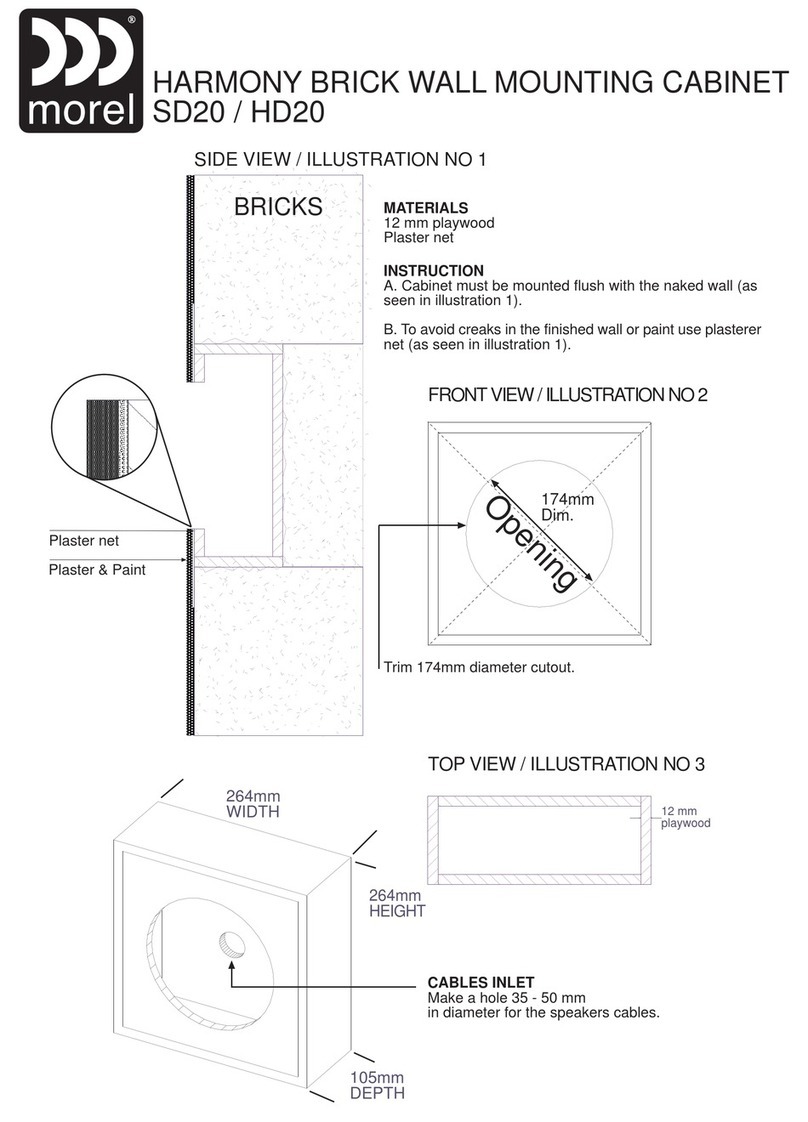
Morel
Morel Harmony Series HD 20 User manual
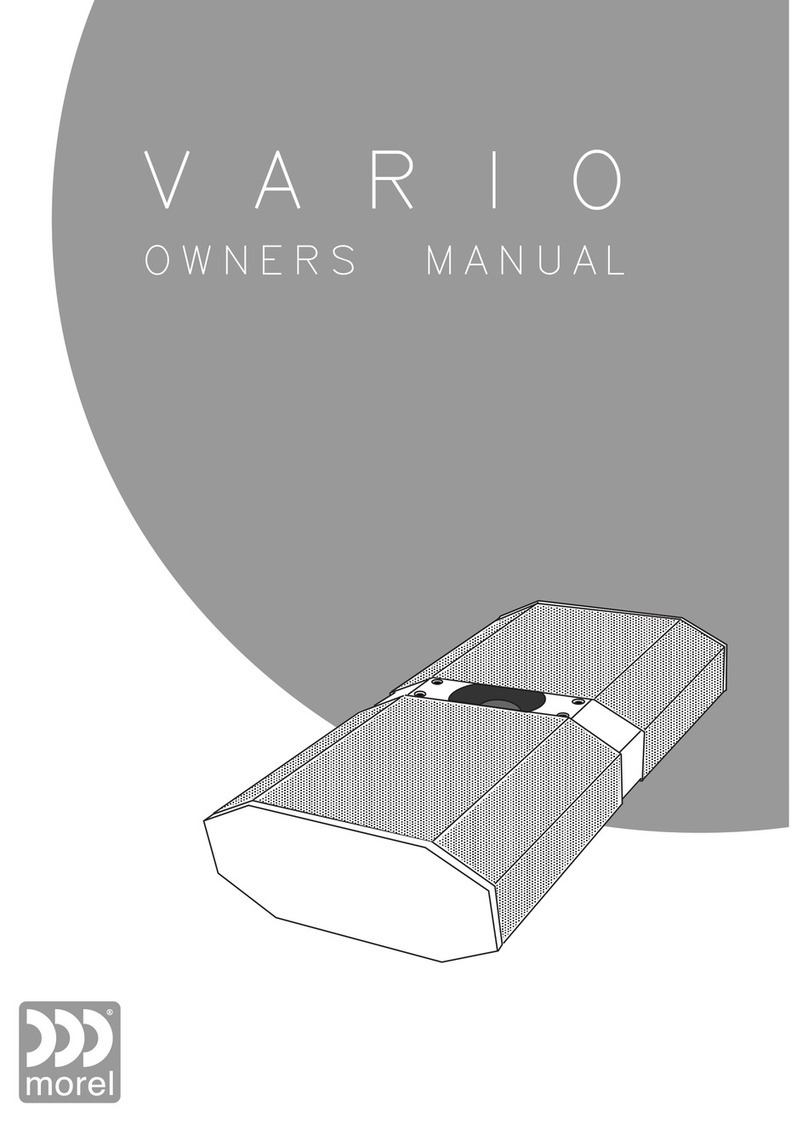
Morel
Morel VARIO Series VARIO ON-WALL SPEAKER User manual
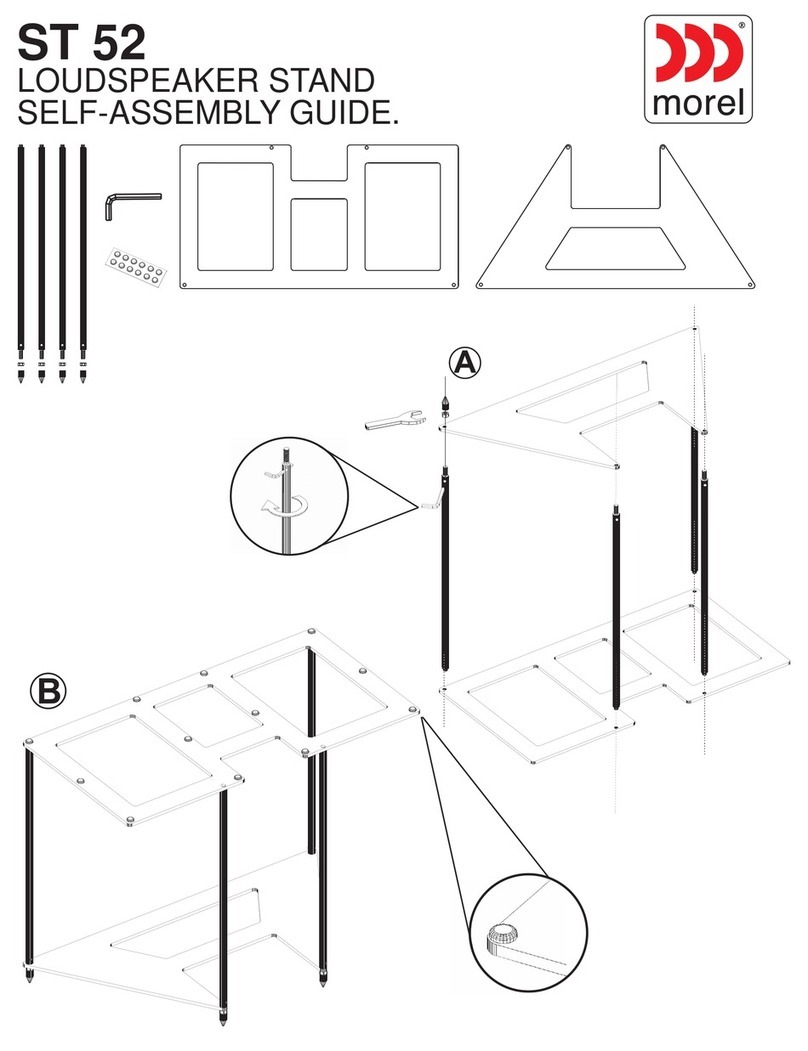
Morel
Morel ST 52 User manual

Morel
Morel Octave 6 Series User manual
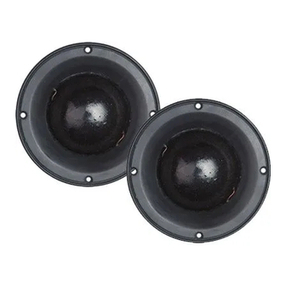
Morel
Morel CDM-54 User manual
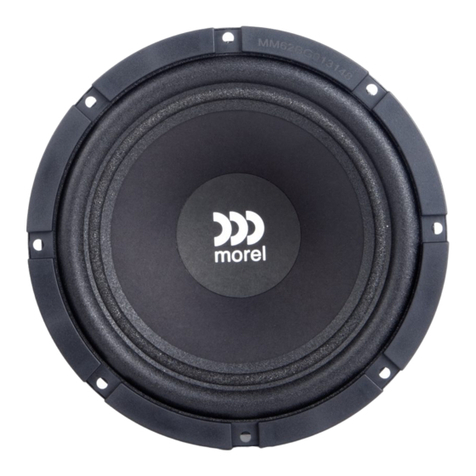
Morel
Morel Maximo 6 MKII User manual
